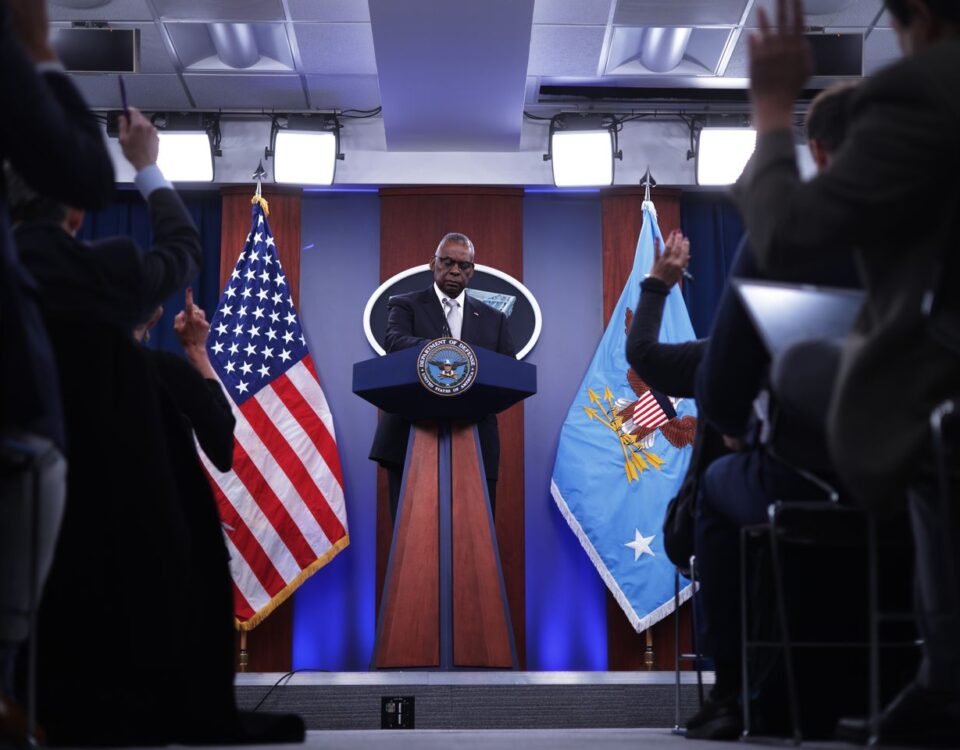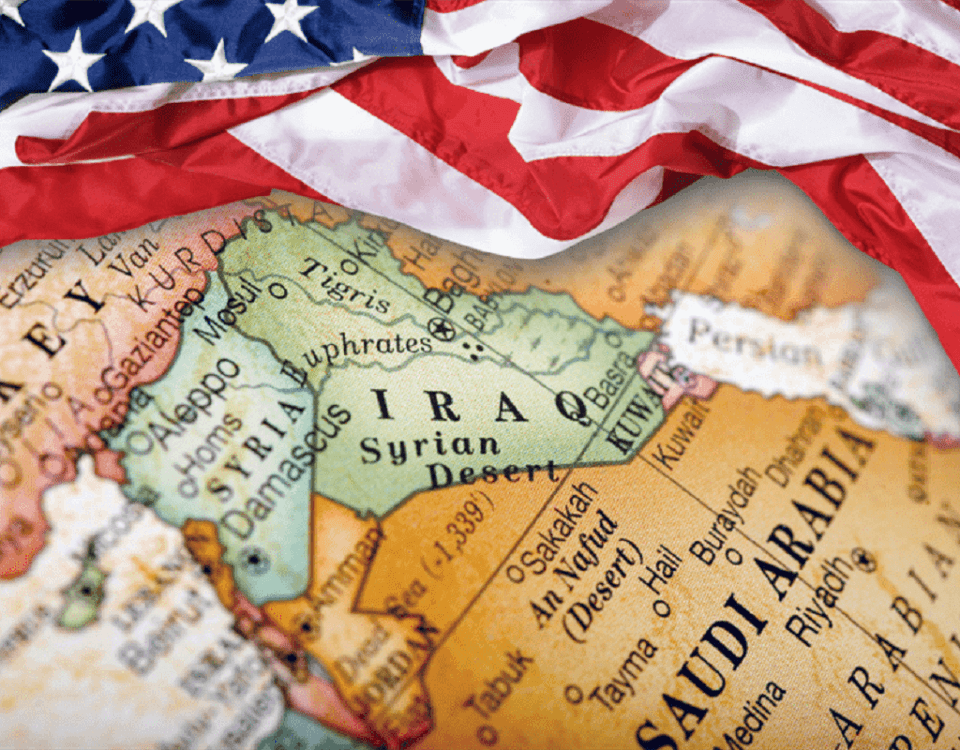
The Climate Quotient: A Measure of Geopolitical Resilience in a Turbulent World
December 13, 2023
December 16, 2014: A Day of Remembrance and Resilience in the Wake of APS Tragedy
December 15, 2023
Nabeel Imtiaz
It has been two years since the United States withdrew from Afghanistan, leaving behind a nation deeply affected by fifty years of continuous fighting. Amidst the challenges of reconstruction, the Taliban, who now hold power in Afghanistan, faced an internal threat in the form of the Islamic State-Khorasan Province, also known as IS-K. This former partner, who is now a resentful opponent, initiated a period of extreme fear and violence, carrying out more than 400 incidents of violence, which included bold attacks on the Pakistani Embassy and Chinese merchants. The presence of IS-K has had a significant and intimidating impact on Afghanistan’s delicate state of peace, serving as an essential reminder that acquiring control is sometimes simpler than establishing effective administration, which is riddled with unpredictable challenges.
Nevertheless, the story of Afghanistan’s plight goes beyond a simple power struggle. It considers the intricate workings of power, where gaining authority is only a temporary victory and the real test of a leader is revealed by the weight of ruling. Although surrounded by land and without direct sea access, Afghanistan possesses abundant natural resources such as copper and cobalt. It is strategically located at the intersection of Asia, with its boundaries intricately intertwined within the complex dynamics of geopolitics. The strategic position of this site, which attracted empires and ideologies, enticed the Soviet Union to intervene, resulting in a violent conflict that lasted for two decades. The Soviets withdrew, leaving behind a lasting consequence. However, the war transformed, leading to Afghans fighting against one other and finally giving rise to the Taliban, an influential group driven by a strict interpretation of Islamic law.
The American involvement, characterized by erroneous endeavours to establish a functioning nation, initiated a subsequent period of twenty years filled with violence, concluding in the departure in 2021. The Taliban, currently known as the Islamic Emirate of Afghanistan, encountered a distinct and undeniable new situation. They abandoned their previous identity as global jihadists and adopted the role of a state, focusing on economic rebuilding and social stability rather than ideological passion. The pragmatic change in approach appealed to regional countries such as China, Iran, and Pakistan, which viewed the Taliban as a possible ally in terms of stability and economic prospects.
Nevertheless, this practical approach turned out to have both positive and negative consequences. While the Taliban aimed to address the effects of war and reconstruct infrastructure, IS-K, a terrorist organization fixated on establishing a pan-Islamic Khorasan state, perceived a favourable situation in the newly formed Afghanistan. Their ambition involved capitalizing on the country’s riches and establishing a ruthless caliphate, which sharply contrasts with the Taliban’s idea of a conservative, Afghanistan-focused state.
Ironically, both factions aspired to establish an Islamic kingdom spanning the Atlantic coast to the Indian Ocean. Nevertheless, their understandings of Islam differed significantly. The Taliban, originating from Deobandism, aimed to establish a conservative and introspective nation, cautious of foreign interference and respectful of Afghanistan’s cultural legacy. Conversely, IS-K derived its inspiration from the strict principles of Salafism, envisioning a ruthless and expansionist kingdom that would tolerate no opposition.
IS-K, with an approximate strength ranging from 600 to 4,000 combatants, engaged in a persistent guerrilla warfare campaign against the Taliban. Despite previous partnerships and assistance from other sources, the Taliban, who now had the added responsibility of governing, aimed to control IS-K without provoking a major confrontation. In 2022, Pakistan conducted airstrikes in response to pressure from Islamabad. However, the daring attack by IS-K on the Pakistani Embassy revealed underlying tensions and suggested the existence of a covert proxy war.
China, a strong supporter of Pakistan and a significant participant in the Belt and Road Initiative, likewise perceived IS-K as a direct menace to its ambitious economic and geopolitical objectives. IS-K, in contrast, took advantage of China’s handling of Uyghur Muslims in Xinjiang to intensify anti-Chinese sentiment, hence adding complexity to the regional dynamics. This intricate network of connections and tensions has taken an unforeseen twist. China, Pakistan, and the United States, who were formerly enemies in the complicated situation in Afghanistan, now find themselves aligned, standing together against a shared adversary – IS-K. The remarkable convergence, fueled by a collective aspiration for peace and economic well-being, gave hope to the complex Afghan situation.
Nevertheless, the Taliban’s journey is still filled with obstacles. Eliminating IS-K takes more than mere military power. To effectively eliminate extremism, it is essential to tackle the underlying factors contributing to societal dissatisfaction, create favourable economic prospects, and encourage inclusiveness. The enduring impact of war is profound, and the lingering remnants of previous conflicts persistently trouble the present. The future of Afghanistan is enveloped in ambiguity. The presence of IS-K casts a significant and ominous influence, serving as a persistent reminder of the delicate nature of peace. However, a glimmer of optimism endures in the middle of the gloom. The improbable coalition of regional powers, joined together in opposition to a shared adversary, presents a precarious opportunity for stability. It is uncertain if this delicate cohesion can lead to enduring tranquillity in Afghanistan.
The writer is a student of Peace and Conflict Studies at NDU, Islamabad.






